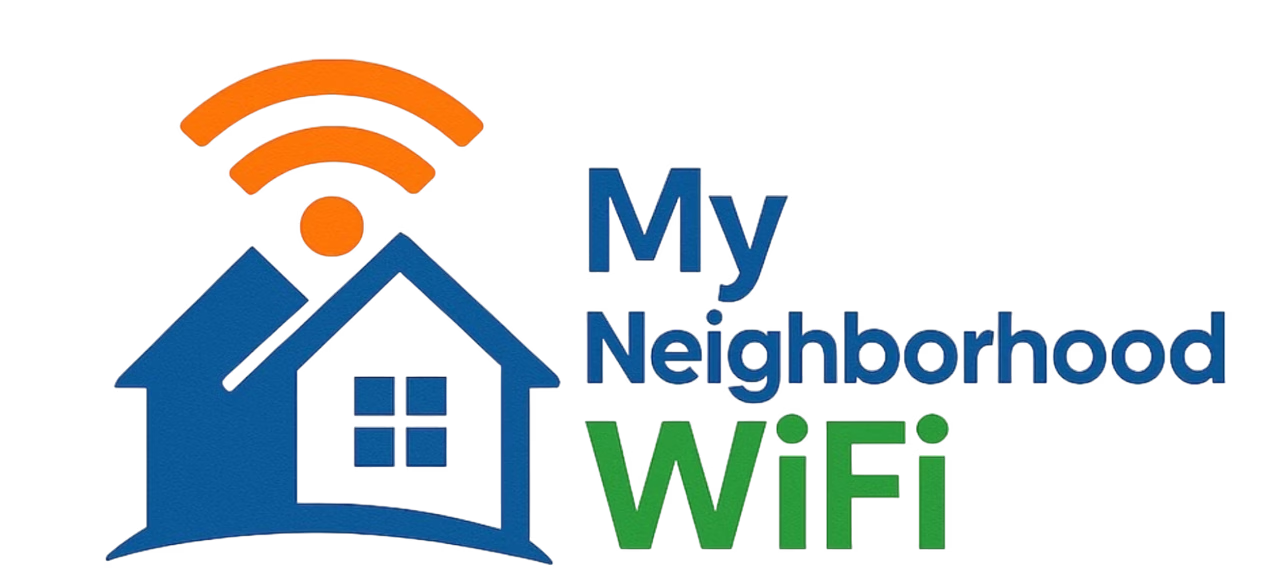
Slow internet can be one of the most frustrating experiences, especially when you need a stable connection for work, streaming, or gaming. With just a little troubleshooting, you can often discover the root cause and fix it without waiting hours on hold with your provider. In this guide, we’ll walk through simple, practical ways to beat slow internet and make your online experience smoother.
Why Slow Internet Happens
There are many reasons your connection may slow down. By learning a few basics, you’ll be better equipped to identify the issue quickly and take action.
Common Causes of Laggy Wi-Fi
- Too many devices connected at once
- Old or outdated router hardware
- Wireless interference from walls, appliances, or neighbors
- Browser cache or background apps slowing things down
- Technological limitations of your current plan
Step 1: Check Your Speed
The first troubleshooting step is always testing your internet speed. This gives you a baseline to compare against the speed promised by your provider. If your test results are consistently much lower than expected, you know there’s something wrong. You can use simple tools like speed tests, or apps on your phone, to measure this. People often share helpful experiences on Reddit forums when comparing speed test results, which can also provide insight.
Step 2: Restart Your Equipment
It sounds simple, but restarting your router and modem can work wonders. Unplug the power for 30 seconds, then reconnect. This helps clear temporary glitches and can refresh your connection.
Step 3: Improve Your Wi-Fi Placement
Your router’s location matters a lot. Keeping it in a low, hidden position can weaken the signal. Instead:
- Place it in a central, elevated spot
- Avoid placing it near microwaves, cordless phones, or thick walls
- Keep it away from the floor and behind furniture
Users on platforms such as Quora often discuss how a simple change in placement dramatically improved their Wi-Fi reach.
Step 4: Limit Background Apps
Streaming, large downloads, or cloud backups running in the background can slow your entire household connection. Pause or reschedule intensive tasks if you need speed for a video call or gaming session.
Step 5: Update Firmware and Devices
Routers run on firmware, and just like your phone or computer, these need updates to function properly. Check your router’s settings to see if an update is available. At the same time, ensure your computers, smartphones, and consoles are all updated with the latest software.
Step 6: Manage Connected Devices
Households often have more devices connected than expected—smart TVs, consoles, tablets, thermostats, cameras, and even appliances. Each one eats into bandwidth. Consider disconnecting devices you don’t actively use to free up the network.
Step 7: Change Your Wi-Fi Channel
If you live in a busy neighborhood, nearby Wi-Fi signals may overlap with yours. This can create interference. Most routers allow you to switch channels (2.4 GHz or 5 GHz options). Experiment with different channels to find a less crowded one.
Step 8: Switch to Wired Connections
For devices where speed really matters—like gaming consoles, PCs, or smart TVs—a wired Ethernet connection can be much faster and more reliable than Wi-Fi. It removes interference and gives you the speed closest to your maximum plan limit.
Step 9: Clear Your Browser Cache
If web browsing feels slow, your computer may not actually be struggling with the internet at all—your browser could just be clogged. Clearing your cache, cookies, and old data can refresh things and make browsing faster.
Step 10: Scan for Viruses or Malware
Some malicious software secretly uses your bandwidth without you even knowing. Running a virus and malware scan helps ensure your computer isn’t the reason for your slow internet.
Step 11: Consider Time of Day
Internet slowdown often happens in the evenings when everyone is online streaming, gaming, or video calling. If possible, schedule heavy downloads or big uploads at off-peak hours like early morning or midday.
Step 12: Use Quality of Service (QoS) Settings
Many modern routers have built-in Quality of Service features that allow you to prioritize bandwidth for critical tasks, such as work calls or gaming, over less important background activity.
Step 13: Check Cables and Connections
Loose or damaged cables affect both wired and wireless speeds. Double-check that your Ethernet cables aren’t frayed and that connectors are fully secure.
Step 14: Explore Community Advice
Communities on Reddit, tech-focused YouTube channels, and even local Yelp groups are often full of troubleshooting stories. Learning how others fixed their sluggish setups may spark the solution you’re looking for.
When to Reach Out for Help
If you’ve gone through the steps above and your connection is still persistently slow, it may not be something you can fix alone. Issues such as outdated network lines, damaged infrastructure, or technical limitations beyond your control might require professional assistance. Don’t hesitate to reach out for help.
Quick Troubleshooting Checklist
| Action | Benefit |
|---|---|
| Restart Router | Refreshes and clears temporary glitches |
| Move Router | Improves signal strength and reach |
| Update Firmware | Adds security patches and performance boosts |
| Limit Devices | Frees up bandwidth |
| Wired Connection | Maximizes speed and stability |
Final Thoughts
Beating slow internet doesn’t require deep technical knowledge—just simple, step-by-step troubleshooting. From checking speed tests, resetting equipment, and improving placement, to using wired connections and exploring router settings, small changes can make a big difference. By learning how to identify and fix common causes, you can enjoy smoother video calls, lag-free gaming, and buffer-free streaming without unnecessary stress.
“Most inquiries are answered within the same day”
Written by admin
Content writer and tech enthusiast sharing insights on internet connectivity.



